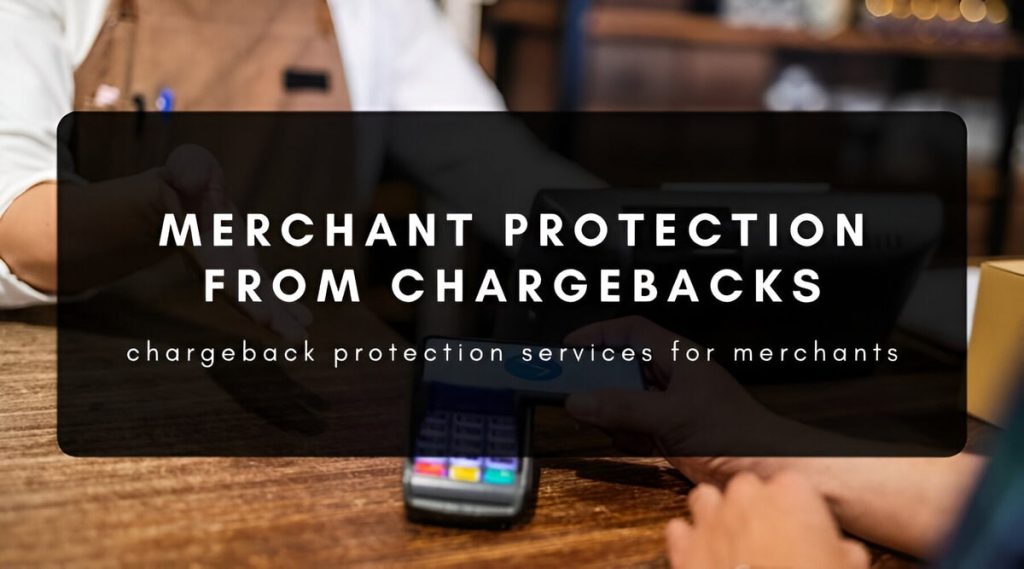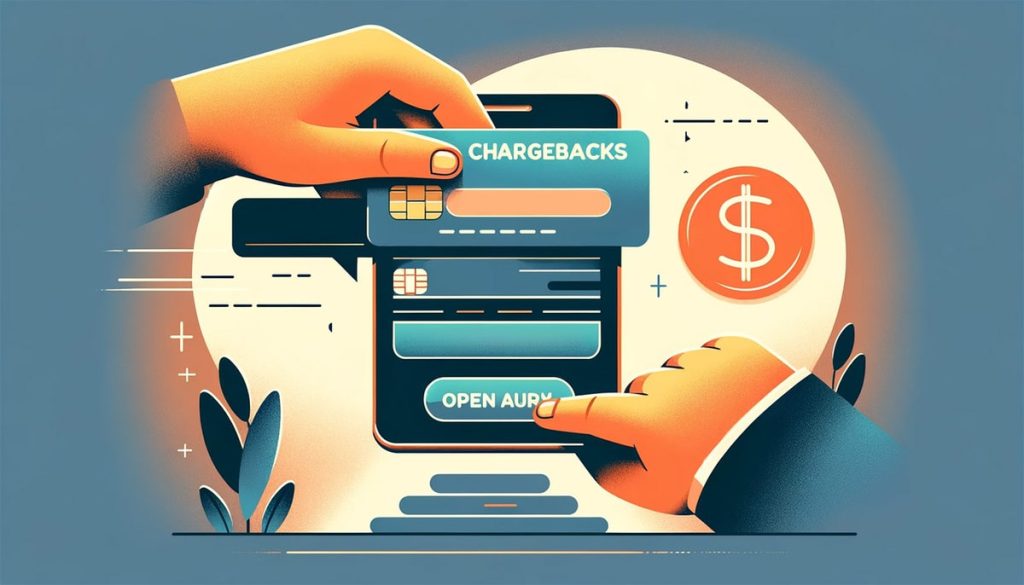Chargebacks present a significant challenge for merchants, leading to financial losses and potential termination of payment processing agreements. This article outlines clear strategies to protect against chargebacks, helping merchants maintain stable revenue and relationships with payment processors like VISA and MasterCard.
1. Understanding Chargebacks
Chargebacks allow consumers to dispute charges on their credit cards. While this protects consumers, it can harm merchants, leading to lost revenue, fees, and increased scrutiny from payment processors.
Key Facts:
- Chargeback fraud led to $41 billion in global losses in 2022 (VISA, 2023).
- Maintaining a chargeback rate below 1% of transactions is critical to avoiding penalties (Mastercard, 2023).
2. Types of Chargebacks
Chargebacks generally fall into three categories:
True Fraud:
Occurs when a stolen credit card is used for unauthorized transactions. Although difficult to prevent entirely, this type can be mitigated with robust fraud detection tools.
Merchant Error:
Results from merchant mistakes, such as incorrect billing or non-delivery of products.
Friendly Fraud:
Happens when a customer disputes a legitimate transaction. This is common in eCommerce and requires specific strategies to manage.

3. Importance of Chargeback Protection
Financial Impact:
Chargebacks cost merchants $15 to $100 per instance in fees, in addition to the loss of goods or services.
Account Termination:
High chargeback rates can lead to placement in a fraud monitoring program by VISA or MasterCard, and continued issues may result in account termination.
Reputational Risks:
Merchants with high chargeback rates risk being added to the MATCH list, which can make it difficult to secure future payment processing services.
4. Strategies for Chargeback Protection
Pre-Transaction Protection
Merchants can reduce chargebacks by implementing several tools before transactions occur:
- Address Verification System (AVS): Verifies the billing address provided by the customer against the address on file with the card issuer. This helps prevent fraudulent transactions.
- Card Verification Value (CVV): Requires customers to enter the CVV code from their credit card, ensuring the physical card is in possession.
- Behavioral Analytics and AI: Tools like Stripe Radar analyze customer behavior to flag suspicious transactions.
Post-Transaction Measures
Tools available after a transaction can also help prevent chargebacks:
- Chargeback Alerts: Notify merchants of potential chargebacks, allowing them to issue refunds before a chargeback is filed.
- Order Insight: Provides additional transaction details to the card issuer to resolve disputes before they escalate into chargebacks.
- Chargeback Representment: Disputing chargebacks by providing evidence that the transaction was legitimate can recover lost revenue and prevent future chargebacks.
Customer Service Best Practices
Effective customer service can prevent disputes from escalating into chargebacks:
- Transparent Return Policies: Make return policies easy to find and understand to prevent customer frustration.
- Clear Billing Descriptions: Ensure the name on the billing statement matches the merchant’s name to avoid confusion.
- Quick Issue Resolution: Address customer complaints promptly to prevent them from escalating into chargebacks.

5. Tools and Services for Chargeback Protection
Various tools and services can assist merchants in protecting against chargebacks. Below is a table summarizing effective options:
| Tool/Service | Description | Payment Processors Supported | Effectiveness |
|---|---|---|---|
| AVS (Address Verification System) | Verifies billing address during checkout. | VISA, MasterCard | Reduces true fraud chargebacks by up to 30% (Mastercard, 2023). |
| CVV (Card Verification Value) | Requires CVV code entry to confirm card possession. | VISA, MasterCard | Reduces fraud by up to 25% (Stripe.com, 2023). |
| Chargeback Alerts | Alerts merchants of potential chargebacks, allowing them to issue refunds preemptively. | VISA, MasterCard | Can prevent up to 20% of chargebacks (Checkout.com, 2023). |
| Order Insight | Provides additional transaction data to resolve disputes before they become chargebacks. | VISA | Effective in reducing chargebacks by 15% (VISA, 2023). |
| Behavioral Analytics (e.g., Stripe Radar) | AI-driven tool that analyzes customer behavior to flag potentially fraudulent transactions. | VISA, MasterCard | Can reduce fraud by up to 90% when combined with other tools (Stripe.com, 2023). |
Recommendation: Merchants looking to enhance their chargeback protection should consider partnering with Merchanto.org, an official partner of VISA and MasterCard. Merchanto.org provides integrated solutions that significantly reduce chargebacks.
6. Conclusion
Chargeback protection is essential for merchants to safeguard their revenue and maintain positive relationships with payment processors. By understanding the different types of chargebacks and implementing robust strategies, merchants can reduce their risk and protect their business.
Key Takeaways:
- Understand Chargebacks: Recognize the types of chargebacks and their implications for your business.
- Implement Protection Tools: Use AVS, CVV, and AI-driven tools like Stripe Radar to prevent fraudulent transactions.
- Improve Customer Service: Clear communication and quick issue resolution are vital to preventing chargebacks.
- Partner with Experts: Consider partnering with industry experts like Merchanto.org for comprehensive chargeback protection.



